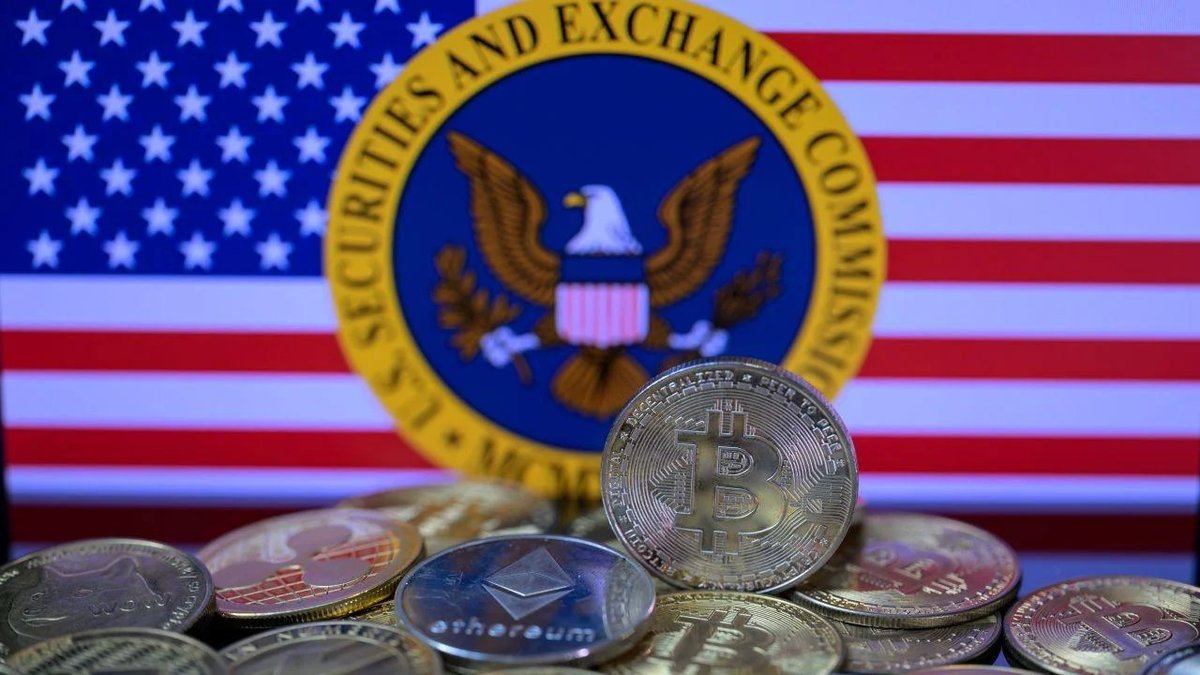How SEC Regulations Are Shaping Stablecoin Development
2025-09-21

Stablecoins have become the backbone of the crypto ecosystem, serving as a bridge between traditional finance and digital assets. However, the SEC’s growing scrutiny of stablecoin issuers is reshaping how these assets are created, backed, and used by investors worldwide.
The Role of Stablecoins in Crypto
Stablecoins like USDT, USDC, and DAI provide a critical function: stability. By pegging their value to fiat currencies, they reduce volatility and allow investors to move funds across exchanges quickly. This has made them indispensable for trading, DeFi, and cross-border transactions.
SEC’s Regulatory Approach
The SEC views certain stablecoins as potentially unregistered securities, particularly if they promise returns or are backed by investment contracts. The agency has also expressed concerns about reserve transparency and whether issuers maintain sufficient collateral to guarantee stability.
Key Areas of Concern
- Transparency: Are issuers providing real-time audits of reserves?
- Investor Protection: What happens if reserves are insufficient during a crisis?
- Systemic Risk: Could a stablecoin collapse trigger wider financial instability?
Impact on Stablecoin Issuers
Increased SEC oversight has prompted issuers to adopt stricter compliance practices. For instance, Circle (USDC) now publishes regular attestations of its reserves, while others face pressure to improve governance and disclosures.
Global Implications
While the SEC’s jurisdiction covers the U.S., its actions influence global policy. Countries like the EU have responded with frameworks such as MiCA (Markets in Crypto-Assets), which sets standards for stablecoin issuers in Europe.
Risks for Investors
- Regulatory actions could limit stablecoin availability in the U.S.
- Issuers may face fines, lawsuits, or restrictions on operations.
- Volatility in stablecoin markets could affect liquidity across the entire crypto ecosystem.
Future of Stablecoin Development
Despite challenges, the outlook for stablecoins remains strong. Institutional adoption, central bank digital currencies (CBDCs), and the rise of algorithmic models all point to ongoing innovation. However, compliance will be critical for survival.
Further Reading
Frequently Asked Questions
Why is the SEC concerned about stablecoins? The SEC worries about whether issuers have sufficient reserves and whether some stablecoins qualify as unregistered securities.
Will stablecoins be banned in the U.S.? A complete ban is unlikely, but stricter regulations and disclosures are expected.
How should investors prepare? Stick with stablecoins backed by transparent reserves and keep an eye on regulatory updates.
Are stablecoins safe for long-term holding? They are designed for stability, but risks remain if issuers fail to manage reserves responsibly.